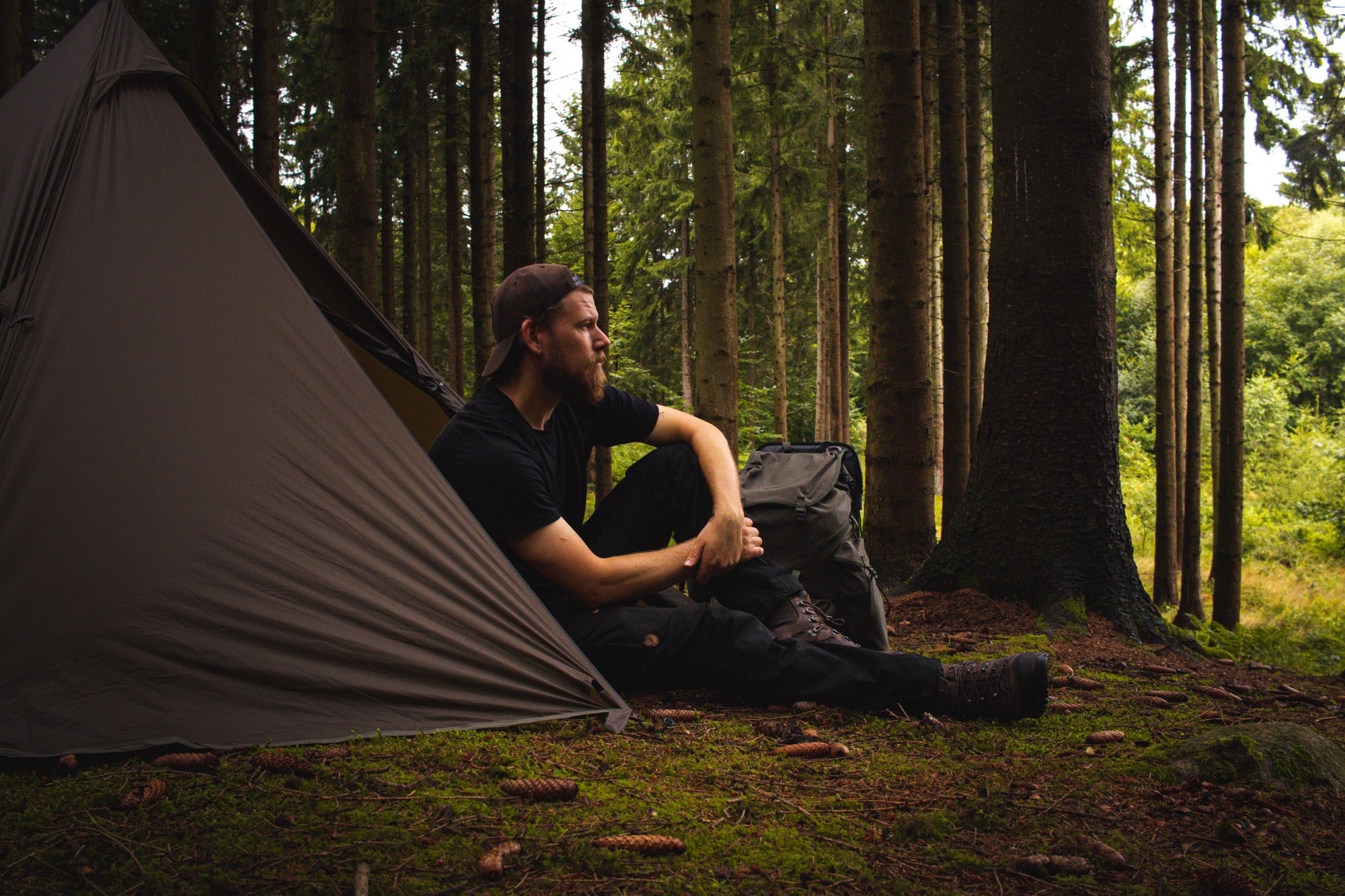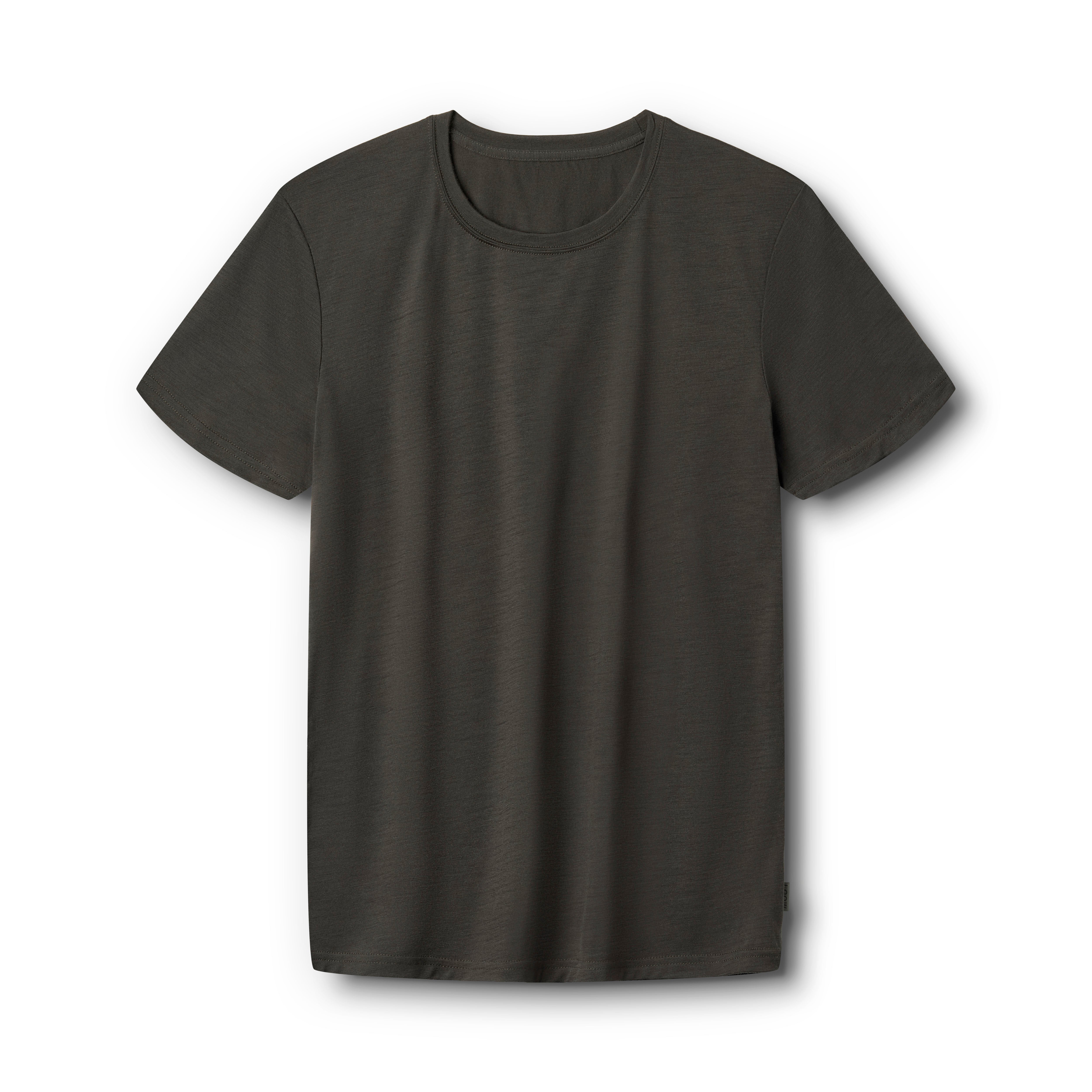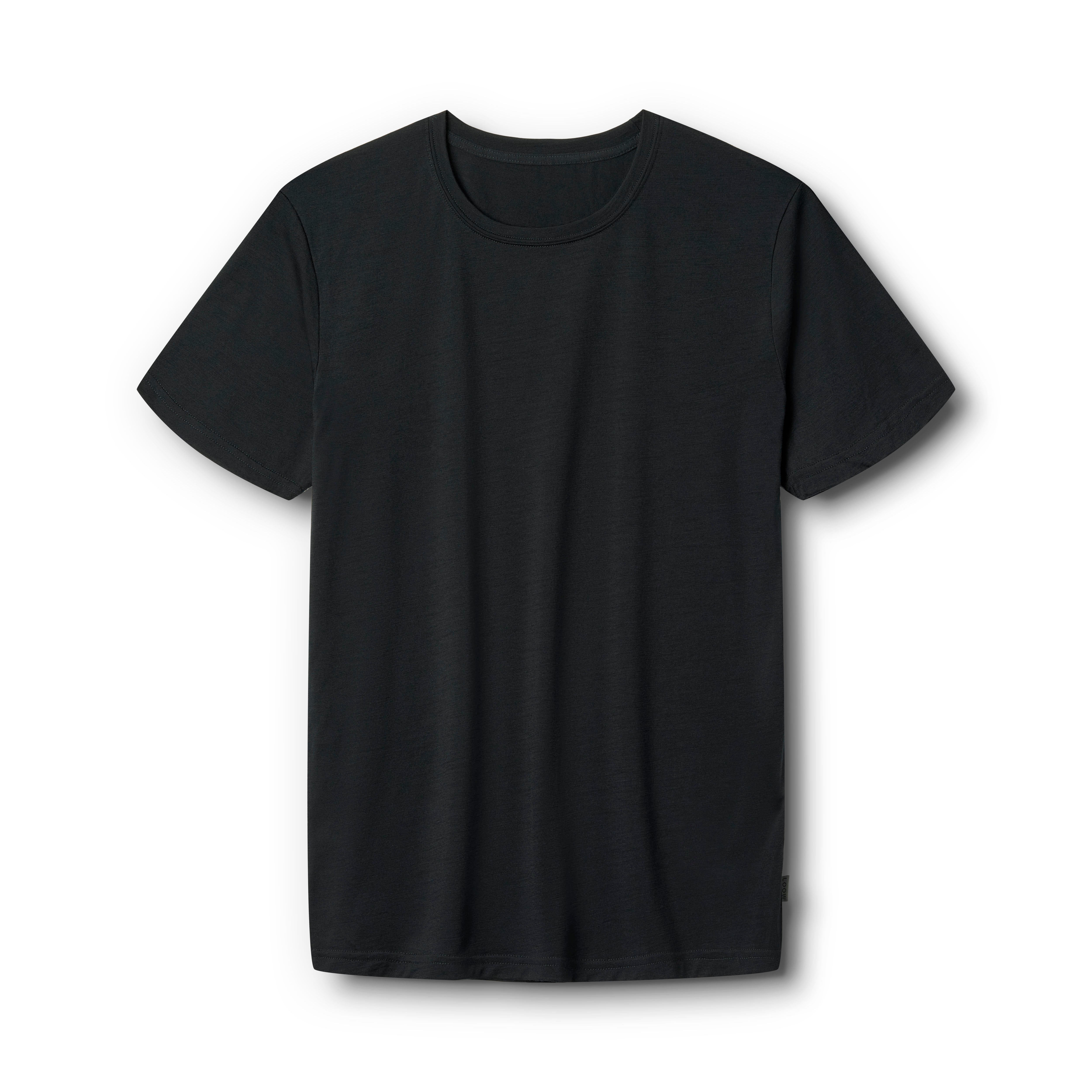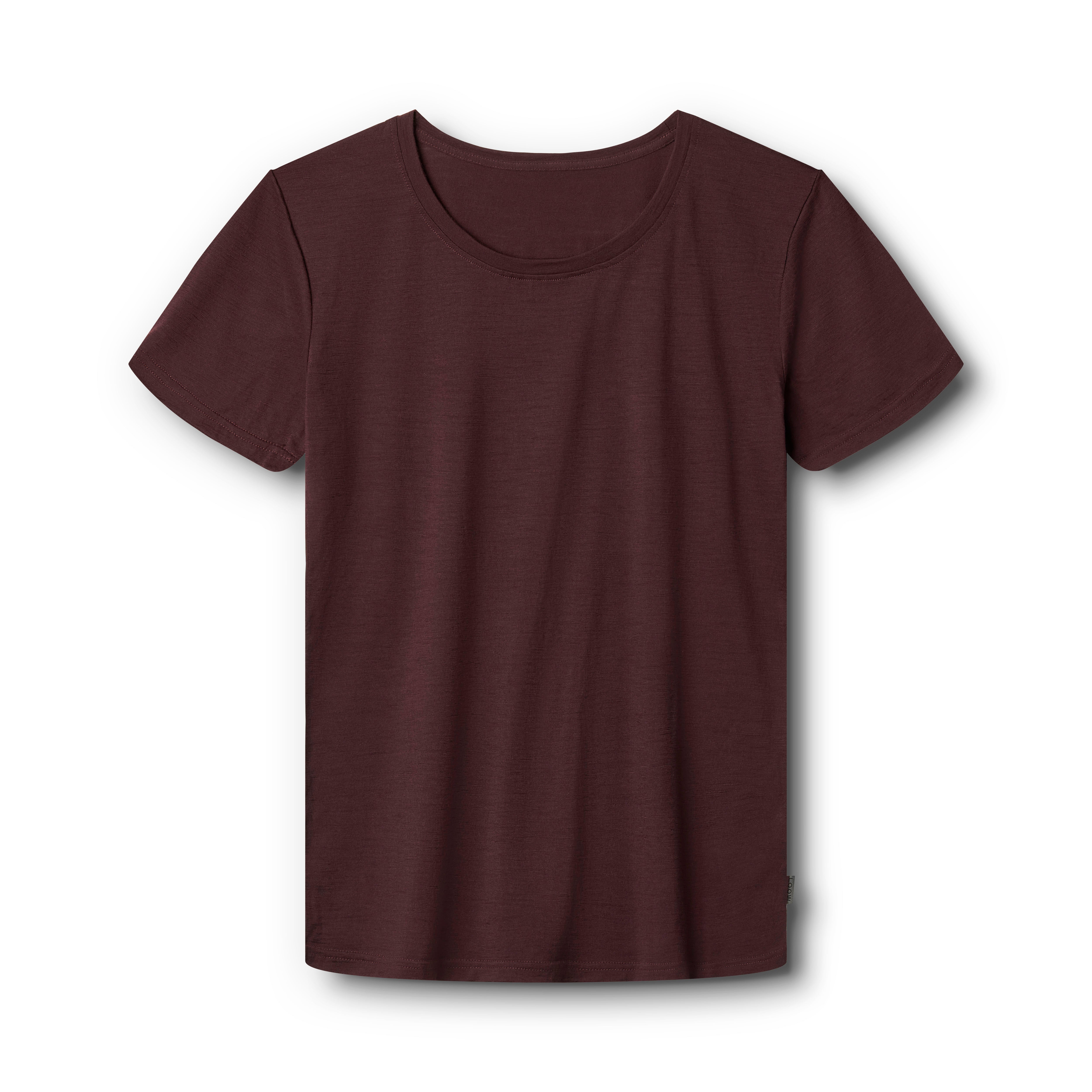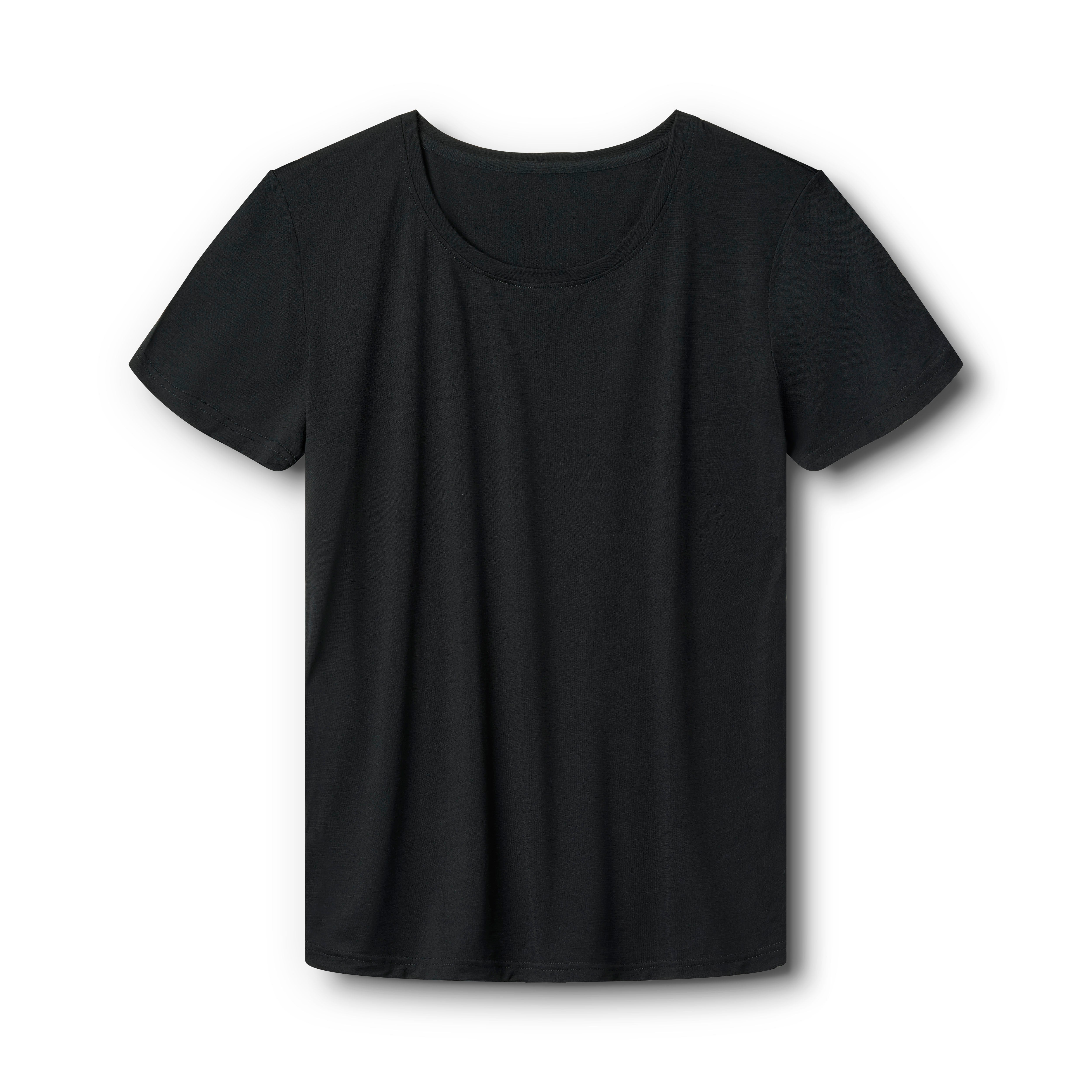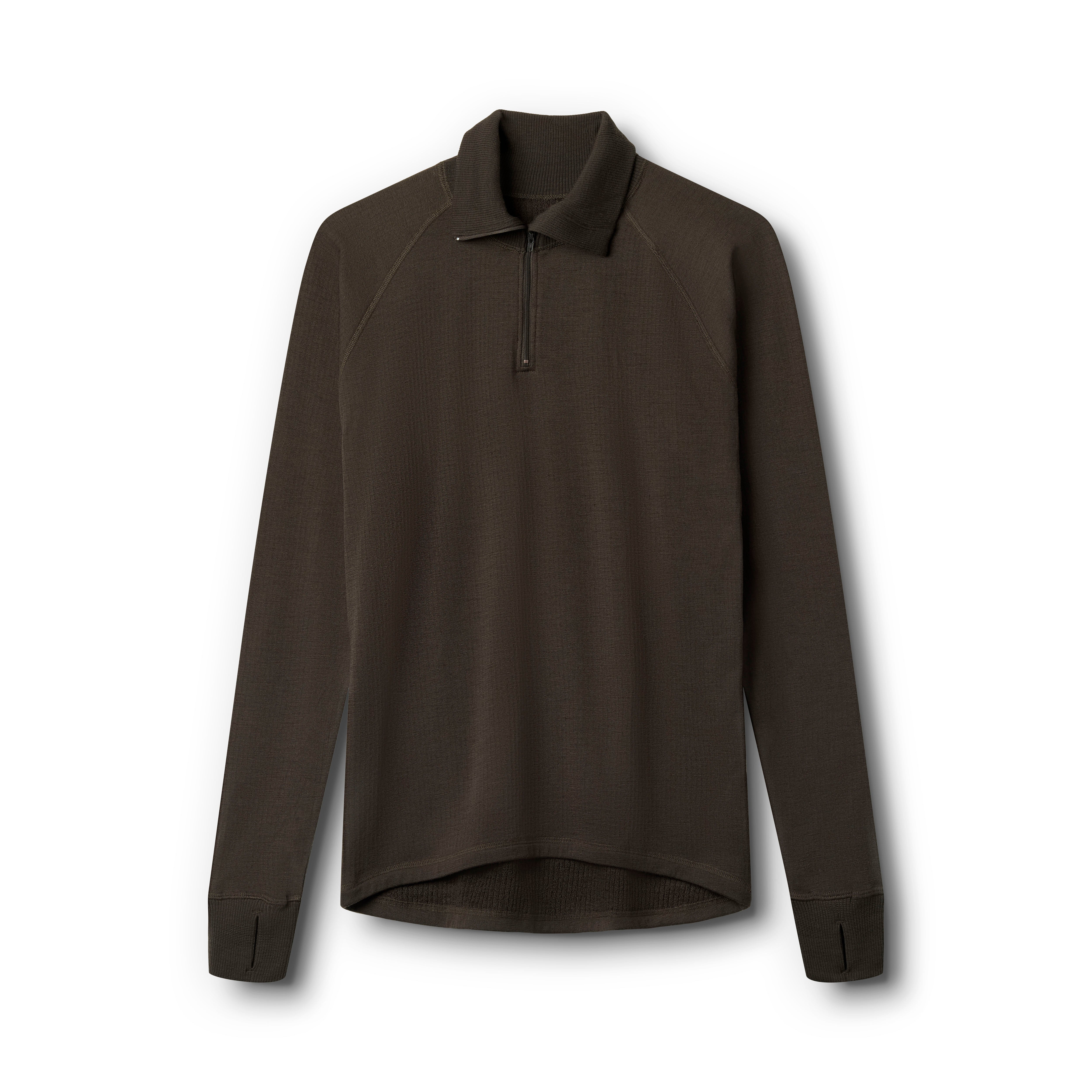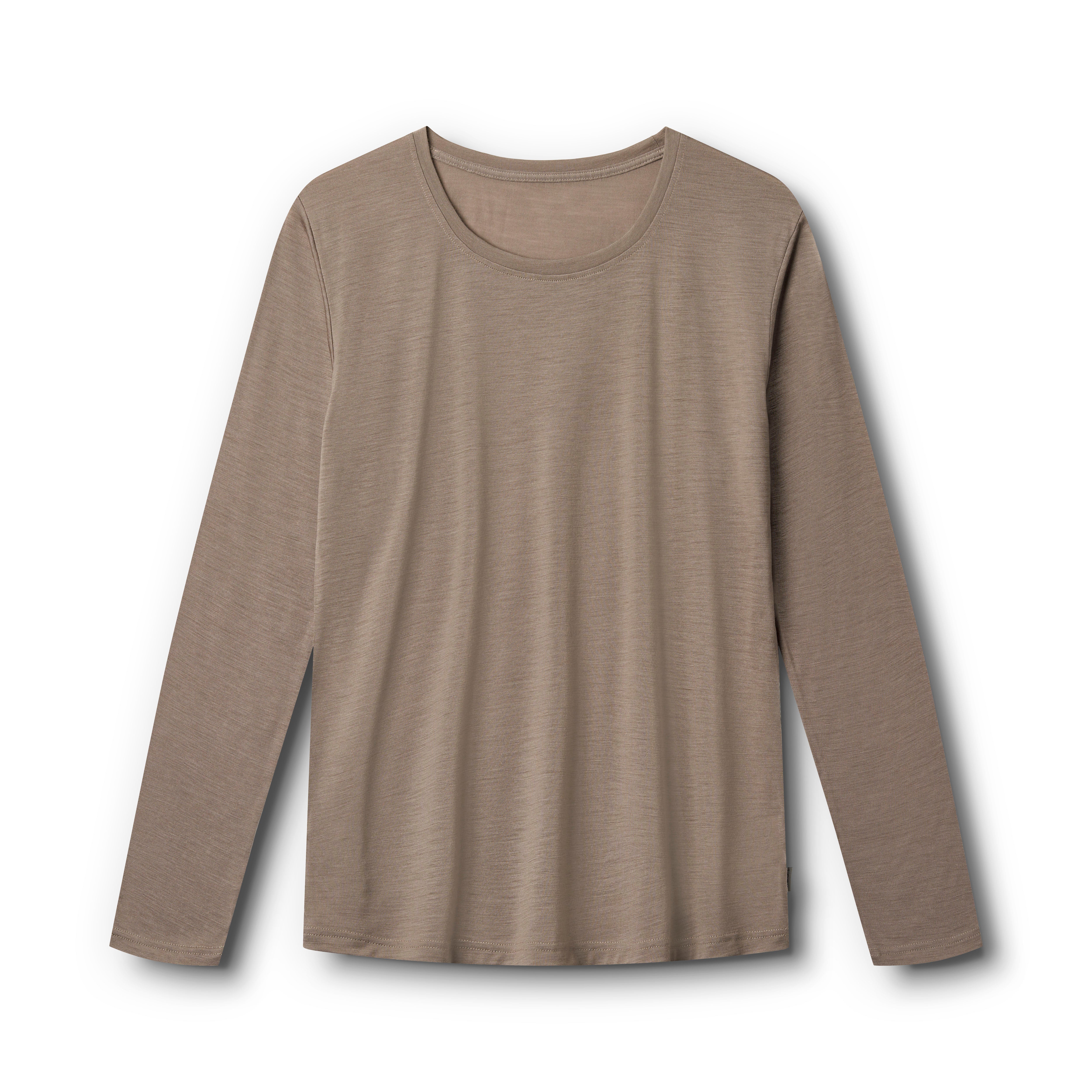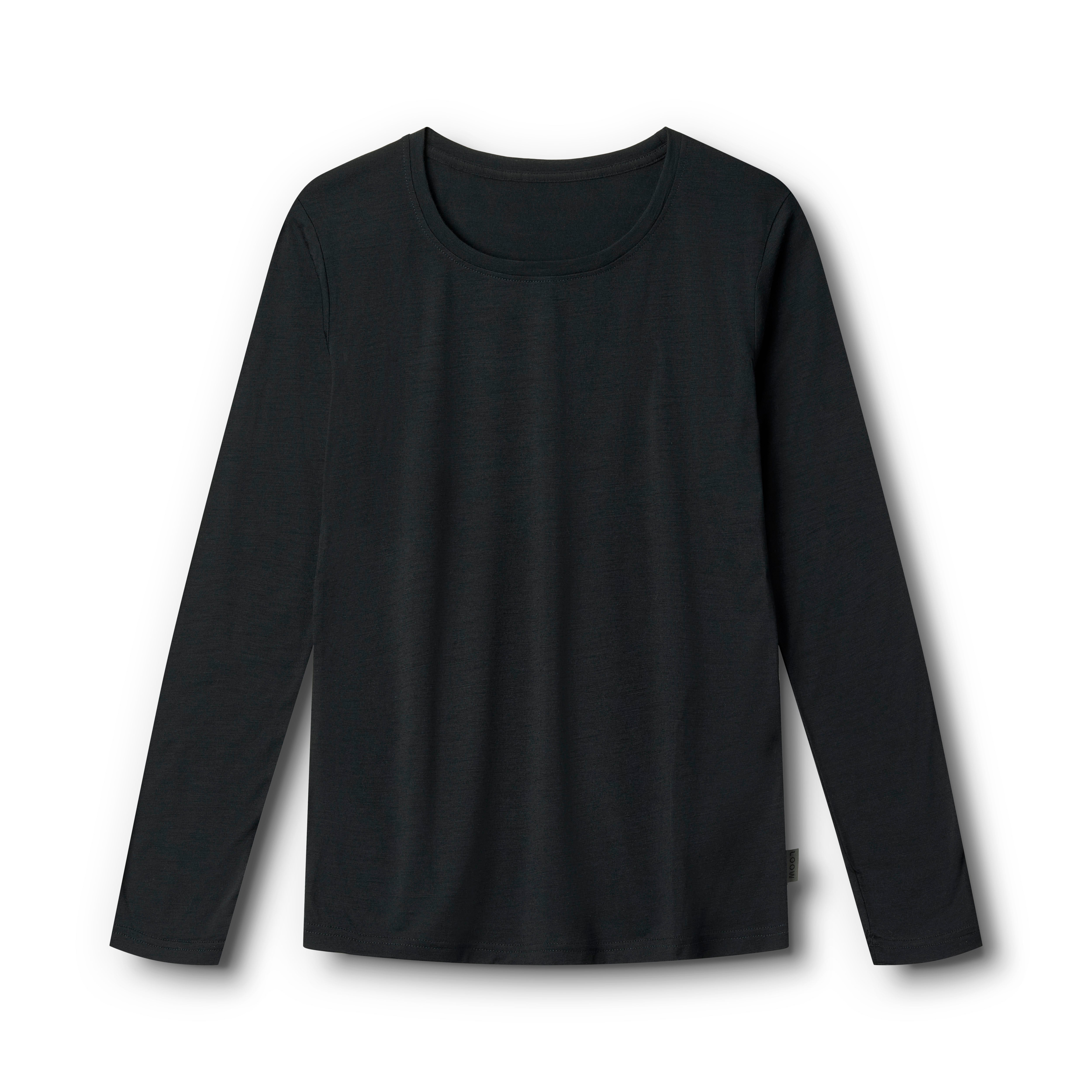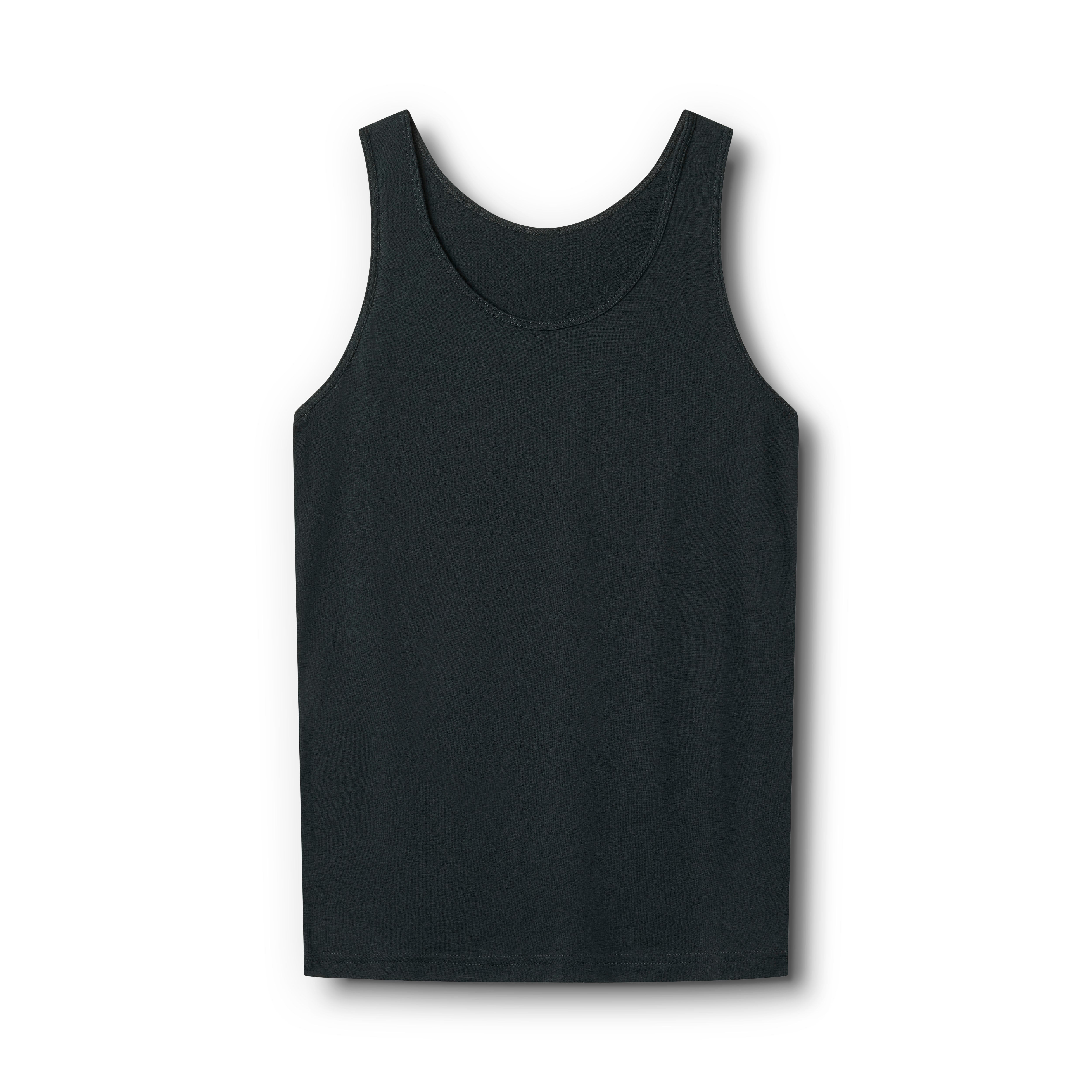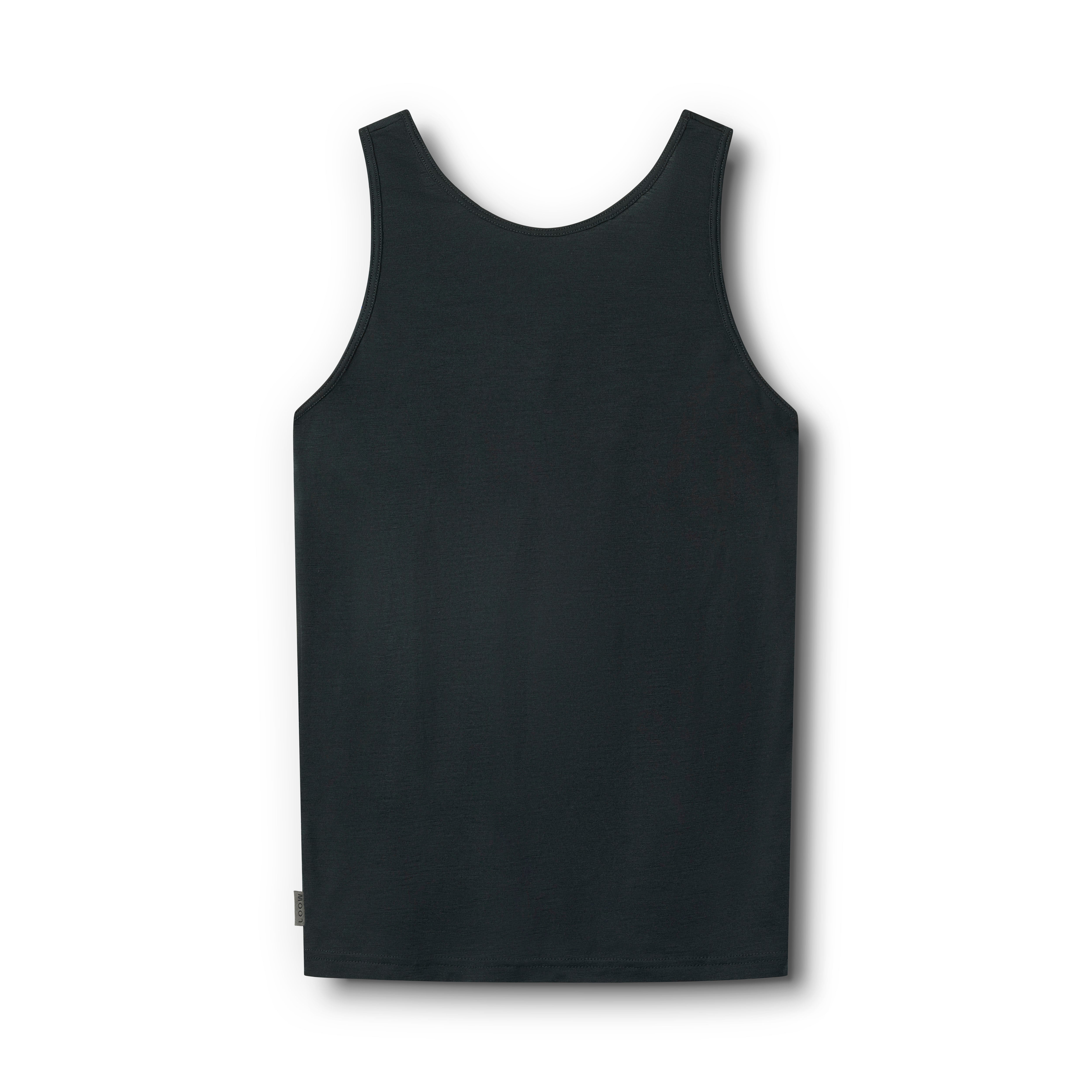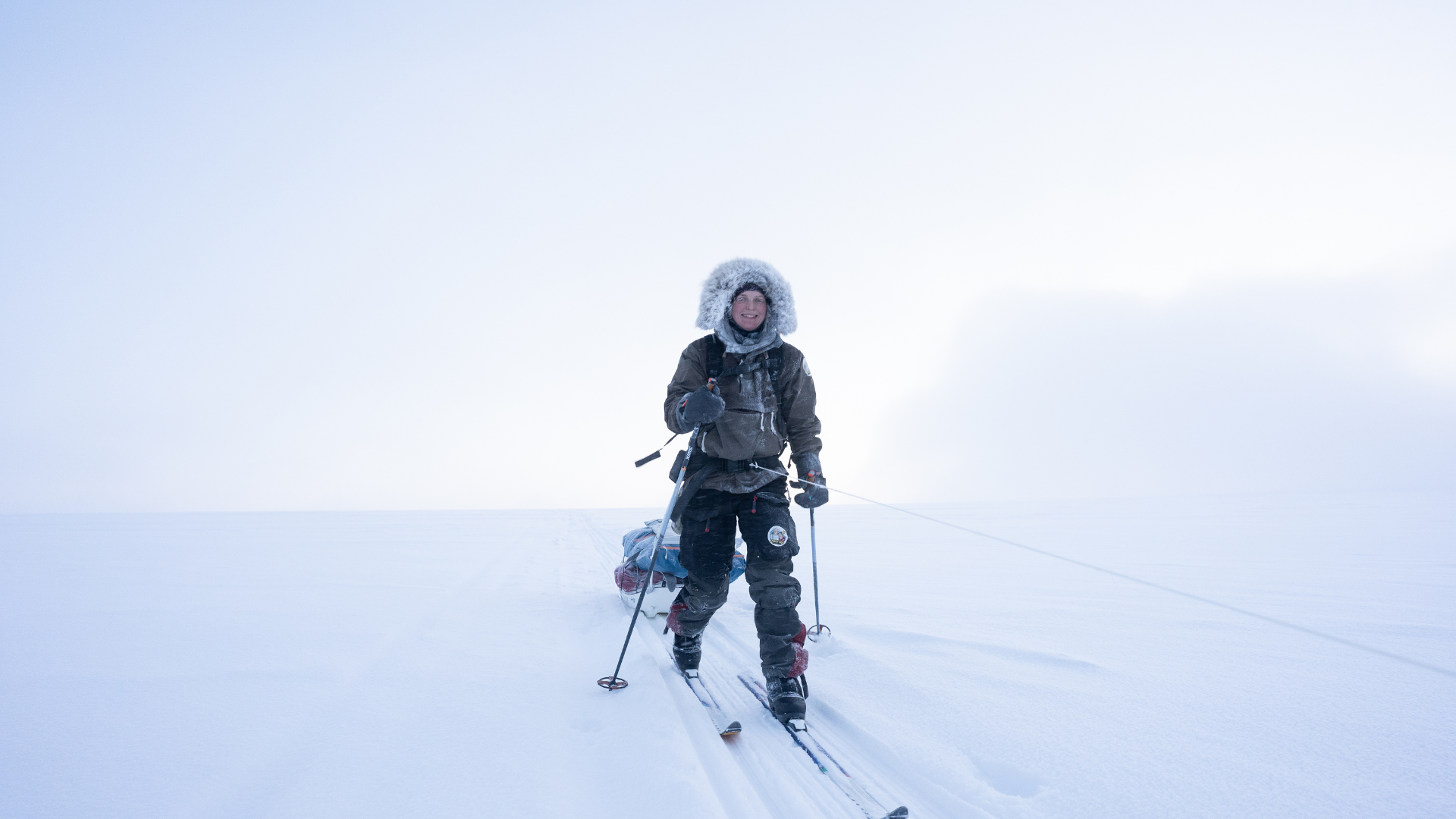Are you considering trying something new? I recommend that you go spend the night in the forest! It is an amazing experience and something everyone should try. But before you decide to go, it is important that you prepare. That probably goes without saying. Here is a quick guide on the most important things to consider and what to pack before your first night in the wilderness.
By Rasmus Østergaard
Instagram: @Oestergaard_outdoors
My name is Rasmus and I am outdoor enthusiast and overall outdoor person. I spend a lot of my free time in the woods. I stay overnight, cook over a fire, practice bushcraft out of the materials the forest provides and much more - I can only recommend doing the same.
Go and spend the night in the forest! It's definitely the best experience you can give yourself - I will always say that.
Before you decide to go, it is important that you prepare. That probably goes without saying. But when you prepare well, nothing can knock you out.
On those hot summer nights with plus 20 degrees at night, a sleeping pad and a wool blanket can go a long way. But if you're going out in the autumn, or in the cold winter months (which I much prefer) then preparation is pretty essential.
Where are you going?
If you've decided to go, one of the first things you need to figure out is of course: Where will the trip go? In Denmark I often use the site www.udinaturen.dk.
Here you can see, via an interactive map, all the places you are allowed to stay in Denmark. Here you can find shelter sites, primitive campsites where you are allowed to pitch your tent, and free camping forests. I personally prefer the latter, as I find it incredibly cool to go off-track and discover a new place to camp.
If you are in another country you'll might be able to find a site that is equivalent to this for you local area as well.

Check where you camp
When setting up camp, it's a good idea to be aware of your surroundings. Is there an ant hut right by your tent, is there access to water, is there a mountain bike trail that goes right by (Which you quickly find out). And quite importantly: look up. What do the trees look like? Are there big branches that can fall down? Are there any trees that could topple your direction if the weather gets windy?
Light a fire
Once camp is set up, it's time to get the fire going. Check the aforementioned website for rules and guidelines when camping in public forests.
You are allowed to use fallen branches and trees as firewood. There are many ways to get wet fire going. If you need inspiration, hop over to my Instagram, @ Oestergaard_Outdoors. I do a lot of fire making there.
Once the fire is well underway and has taken hold, it's on to getting more firewood. You almost always need more than you think, and it is better to work a little extra and get more while it is still light out, when it is dark it gets a bit more troublesome.

Cook over a bonfire
After all that work, it's good to have something to eat and drink. What you prefer is a matter of taste, but nothing beats cooking over a fire. Whether it's a stew that needs to simmer for hours, or a few cowboy toasts on the pan, you'll just win every time.
The smell of food in the woods and the sound of a crackling fire is simply amazing!
What often happens when you're in the woods is that you go to bed a little earlier than you would at home. The feeling of crawling into your sleeping bag and lying down listening to the sounds of the forest is just amazing. The whole experience affects you to such an extent that you become addicted to it.
Always remember to leave the place as you found it. Leave no trace behind, so it will also be a great experience for the next person who comes by.

What to pack?
My six packing guidelines:
Of course, I change things up a bit depending on the weather, season and mood, but the starting point is the same for every trip.
Sleeping system
- Hammock (topquilt+underquilt)
- Tarp
- Pegs
- Sleeping bag
Equipment
- Ramsaw
- Axe
- Bushcraft knife
- Goatskin Gloves
- Flashlight
- Paracord
Food and drink
- Pot (for boiling water)
- Coffee pot with stamp
- Water bladder (2-4 ltr)
- Kuksa
- Possibly frying pan
- Food for a few days
Fire
- Iron (perfect if it rains)
- Extra pocket knife
- Fatwood (kindling)
- Lighter (It may be light sometimes)
Personal equipment
- First aid kit
- Toiletry bag
- Extra socks+underwear (Always from LOOW!;))
Warm clothes

